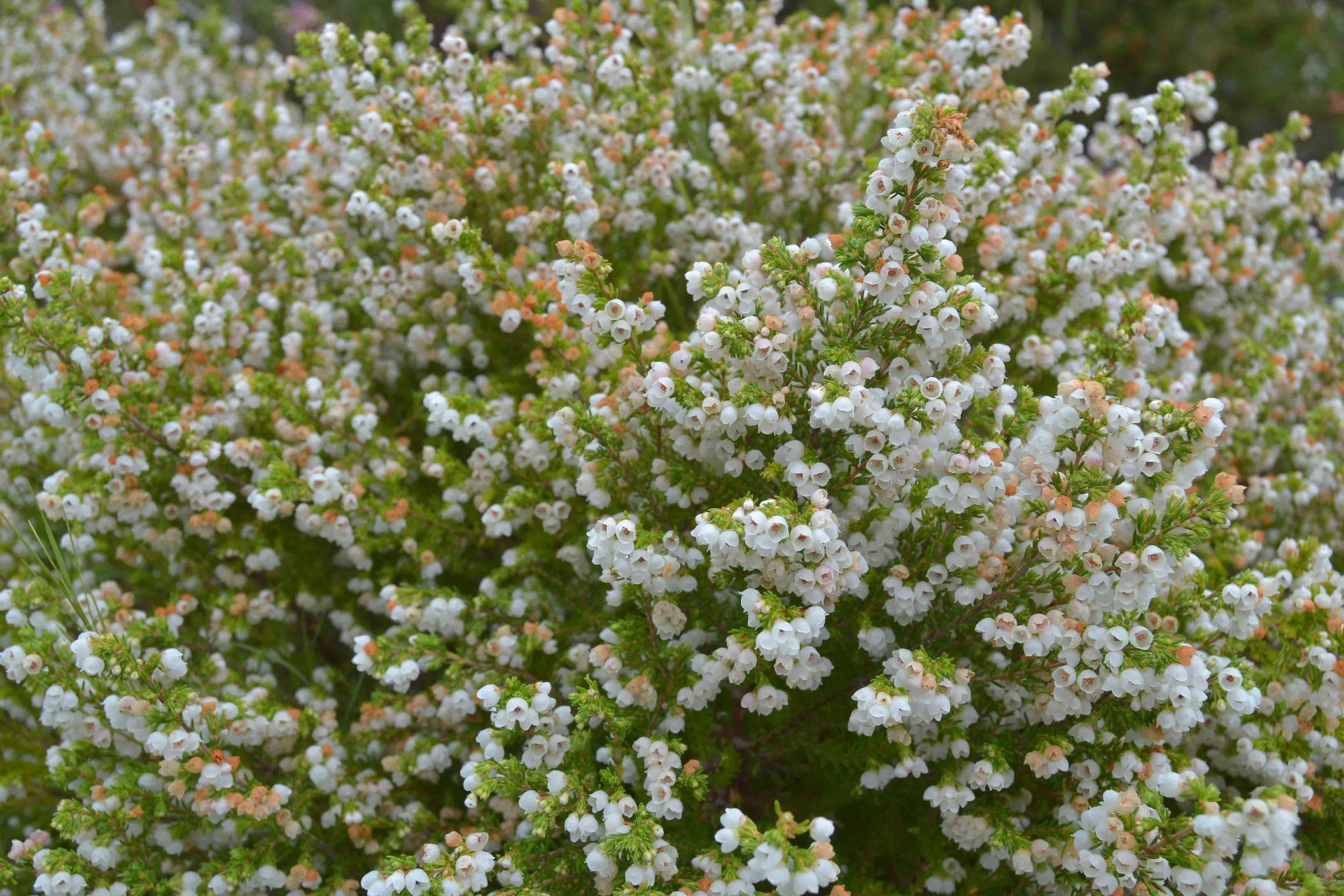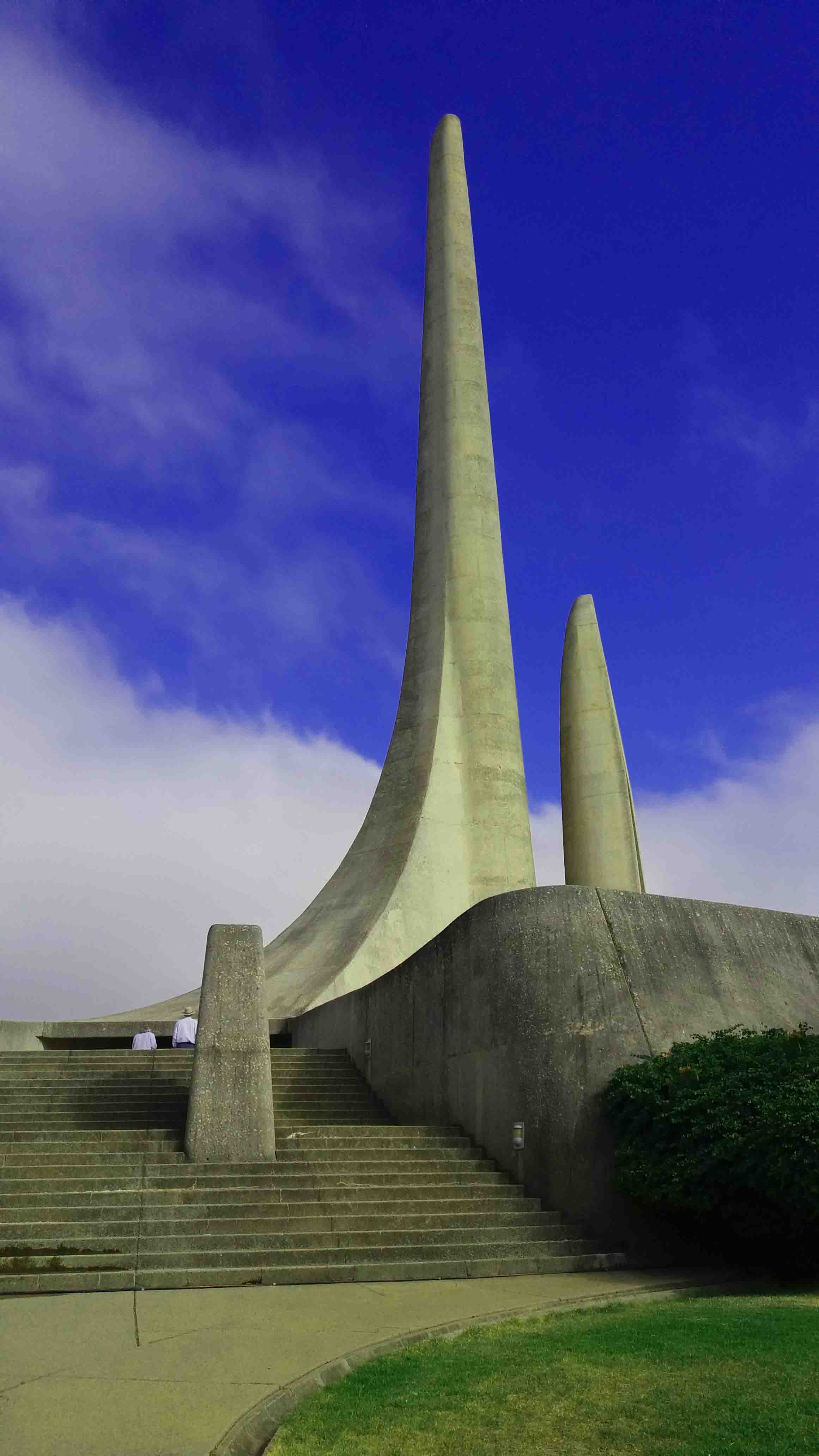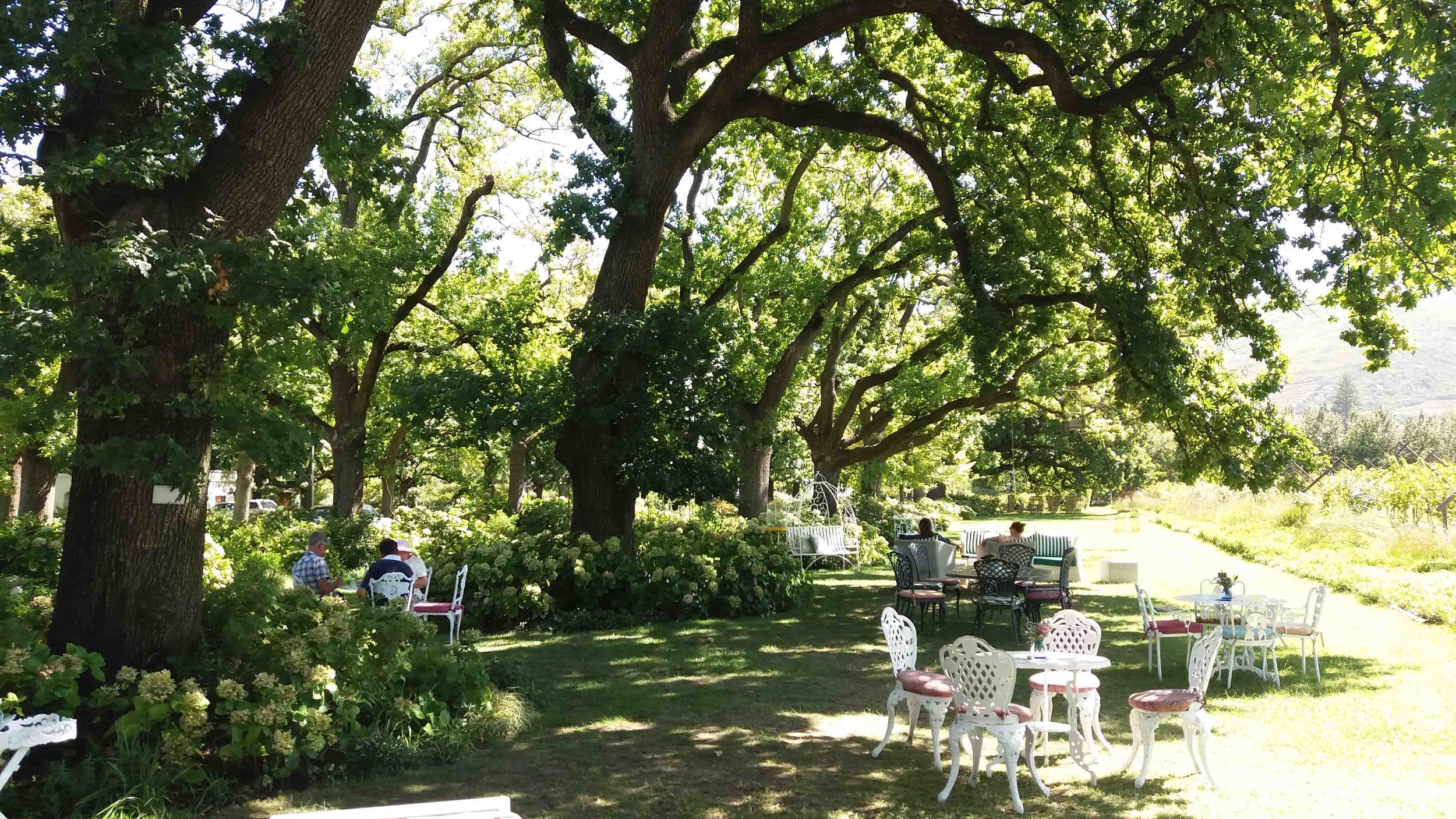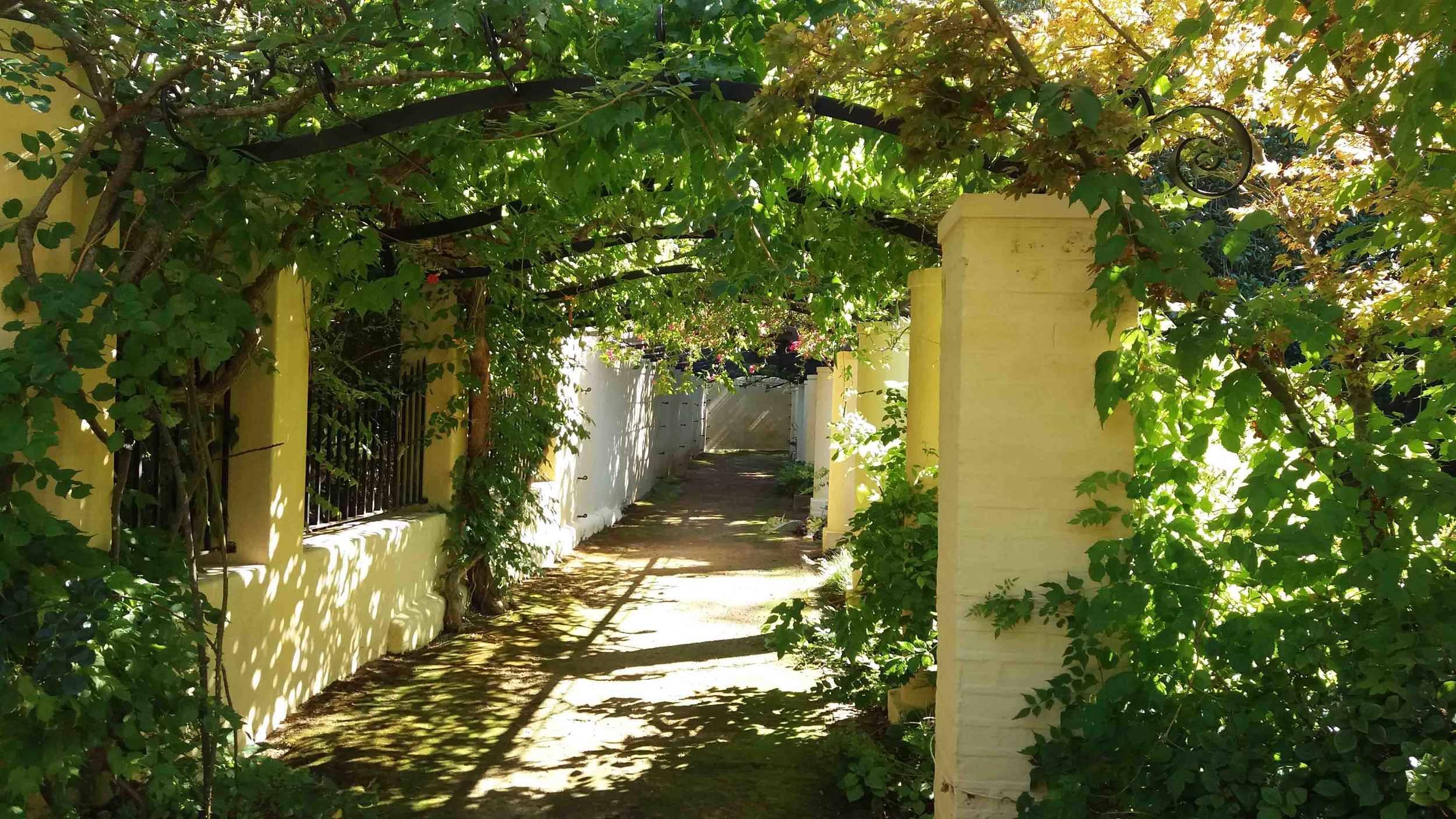Harold Porter Botanical Gardens is located within the Kogelberg Biosphere Reserve and its flora constitutes the Cape Floral Kingdom – one of only six floristic regions in the world – comprising approximately 8800 species, of which 70% are endemic. Fynbos, a part of his floral kingdom, is characterized by shrubby plants such as proteas, ericas, buchus, legumes, bruias, daisies, bulbous plants and reedlike restios in place of grasses. (SANBI pamphlet purchased at Harold Porter Botanical Gardens) I was so excited to spend a morning exploring and photographing fynbos!
The gardens sit at the foot of the 900m high sandstone peaks of the Kogelberg Mountains
I drove over the scenic Franschoek Pass to Betty’s Bay to visit this small botanical gardens I had heard so much about. Since joining the Botanical Society I have been curious to see what this little garden looks like.
A beautiful dark pond with blue water lilies, reflecting the mountains behind it, welcomed me as I entered the garden. I quickly realised that I couldn’t take enough photos of the stunning fynbos plants on display here. Every colour and texture you can imagine! There were lots of Erica varieties in flower which the sunbirds were loving too.
So much texture. What a beautiful display of indigenous plants!
We spotted a tortoise enjoying a stroll in the garden!
Unfortunately the walk to Disa Waterfall was closed for renovations. There are also various other more strenuous hikes you can take into the mountains and I can imagine the views from up there must be wonderful.
I looked at their indigenous plant nursery but had to hold myself back from buying any plants.. trekking them all the way back to JHB isn't always a great idea. After a quick visit to Stony Point to view the breeding Penguin colony and a stop in at John the Potter, a beautiful ceramic studio, we headed back over the pass to Franschoek.
Lots of Penguins!
Harold Porter Botanical Garden:
Garden Hours (According to Pamphlet purchased at Gardens)
Opening Time: 365 days a year from 08h00
Closing Times: No entry after 16h30 on weekdays and 17h00 on weekends and public holidays. Visitors already in the garden may stay until 18h00 in winter (April to October) and 19h00 in summer (November to March)
Special Late Closing Times: Entry until 19h00 during the simmer festive season (as advertised). The garden will close at 21h00.
Concerts: Opening and Closing times will be as advertised including on our website.
Contact Details: Clarence Drive (R44) Betty’s Bay. Tel 028 272 9311. Email Harold.Porter.NBG@sanbi.org.za. Website: www.sanbi.org.z























































































